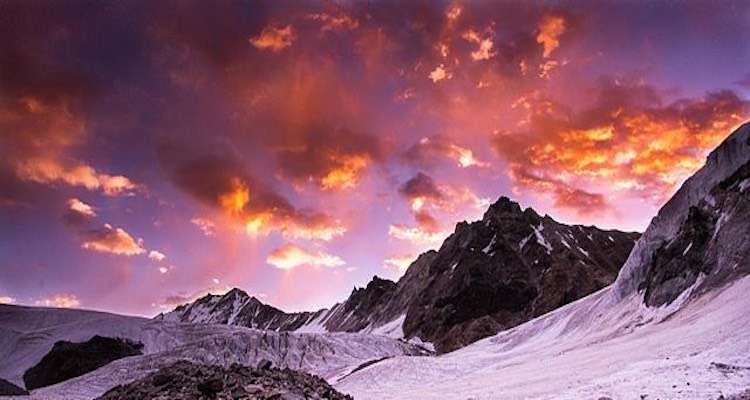200 Million People Lifted From Extreme Poverty in Just Two Years
The goal of wiping out extreme poverty worldwide is becoming a reality as the number of the world's poor hits its lowest level in history.

A "walking" snakehead fish that can travel on land and breathe air for up to four days is one of the more unusual new discoveries from the world's highest and most rugged mountain range.
The walking fish, also known as the blue dwarf snakehead fish is native to streams, lakes, and ponds in the Eastern Himalayas, where even though it has gills, the fish still needs to climb above water periodically to breathe.
On land, its movement is more cumbersome than a smoothly slithering snake, according to World Wildlife Fund researchers, but it can still travel a quarter mile per day between bodies of water.
The WWF has recently catalogued more than 200 new species discovered in the Himalayas between 2009 and 20014.
Another discovery includes a monkey with a nose so upturned that it sneezes every time it rains. The local people of Myanmar know it well. Scientists first learned of "Snubby" – as they nicknamed the species – from hunters in the forested, remote, and mountainous (Himalayan) Kachin state. Locals claim that the black and white monkey is very easy to find when it is raining because of the sneezes. To avoid this evolutionary inconvenience, snub-nosed monkeys spend rainy days sitting with their heads tucked between their knees.
The sneezing monkey is likely to be classified as critically endangered due to its restricted range and significant hunting pressures.
In all, scientists found 133 plants, 39 invertebrates, 26 fish, 10 amphibians, one reptile, one bird and one mammal in the five years detailed in the Hidden Himalayas: Asia's Wonderland.
The group says the discoveries highlight the biodiversity of a remote part of the planet and the fragility of the ecosystem surrounding the tallest mountain range in the world.
Photo: Sharada Prasad CS, CC and Henning Strack Hansen/WWF
Help Someone Discover A New Species, Share This Story…
Be the first to comment